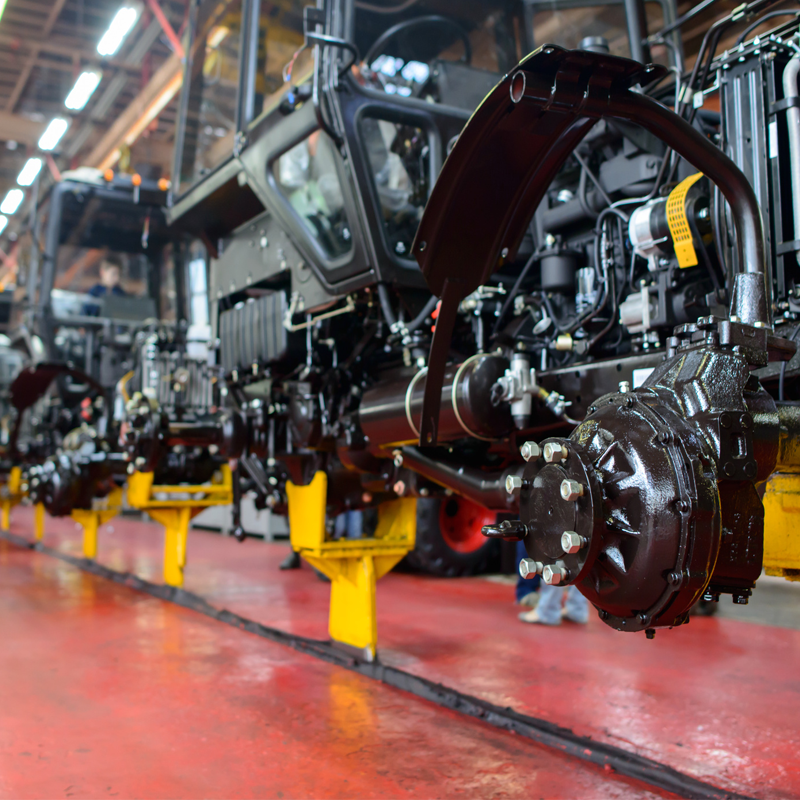Hello everyone! Sunny here from Toolingsun. Today, I’m excited to delve into a critical process in modern automotive manufacturing—Injection Molding. This technique is not only central to the production of numerous car components but also essential for optimizing manufacturing efficiency, product performance, and cost-effectiveness in the automotive industry. At Toolingsun, we specialize in providing high-quality injection molding solutions that cater to a wide range of automotive applications. Let’s explore this technology and its growing role in the industry.
What Is Automotive Injection Molding?
Automotive injection molding is a manufacturing process in which molten material—typically plastic—is injected into a mold cavity to create parts and components. This technique is widely used in the automotive industry for producing complex, lightweight parts that are both durable and cost-effective. It enables the mass production of components like dashboards, bumpers, and interior trims, making it impossible to manufacture these parts without it. With the ability to produce large quantities of items efficiently, injection molding plays a crucial role in today’s automotive sector.
Key Types of Injection Molding Techniques in Automotive Manufacturing
The versatility of automotive injection molding is reflected in the variety of techniques employed in the industry. At Toolingsun, we specialize in various molding techniques that cater to different automotive needs:
– 2K Injection Molding: This process involves injecting two different materials or colors into the mold sequentially, using separate templates. It allows manufacturers to create multi-colored or multi-material components, often needed for automotive parts that require different physical properties, such as hard and soft textures in a single component. While it adds complexity to the process, it delivers high-value, custom parts that meet specific automotive design needs.
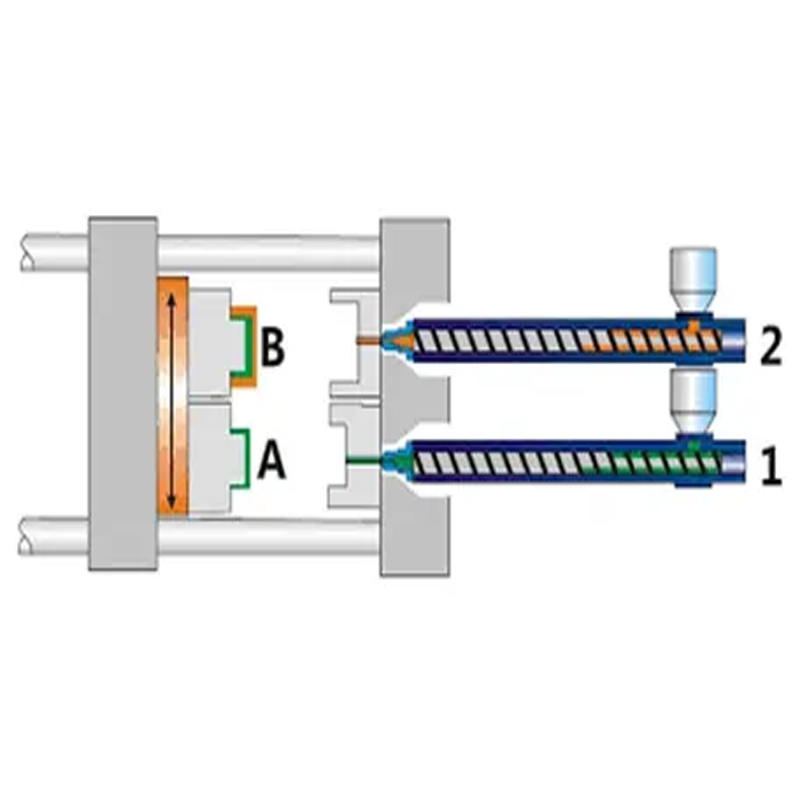
– Overmolding: Overmolding is a specialized technique where one material is molded over an existing component, typically to add another layer of material or to improve the part’s functionality. In the automotive industry, overmolding is commonly used to create parts with enhanced grip, improved aesthetics, or added protection. It’s often used for handles, switches, and other components that require a combination of materials.
– Insert Molding: In insert molding, a metal insert is placed into a mold cavity, and plastic material is then injected around it. This technique is widely used for creating automotive parts that require both plastic and metal components, such as connectors, brackets, and mounting parts. The result is a strong bond between the plastic and metal, ensuring reliability and durability in demanding automotive environments.
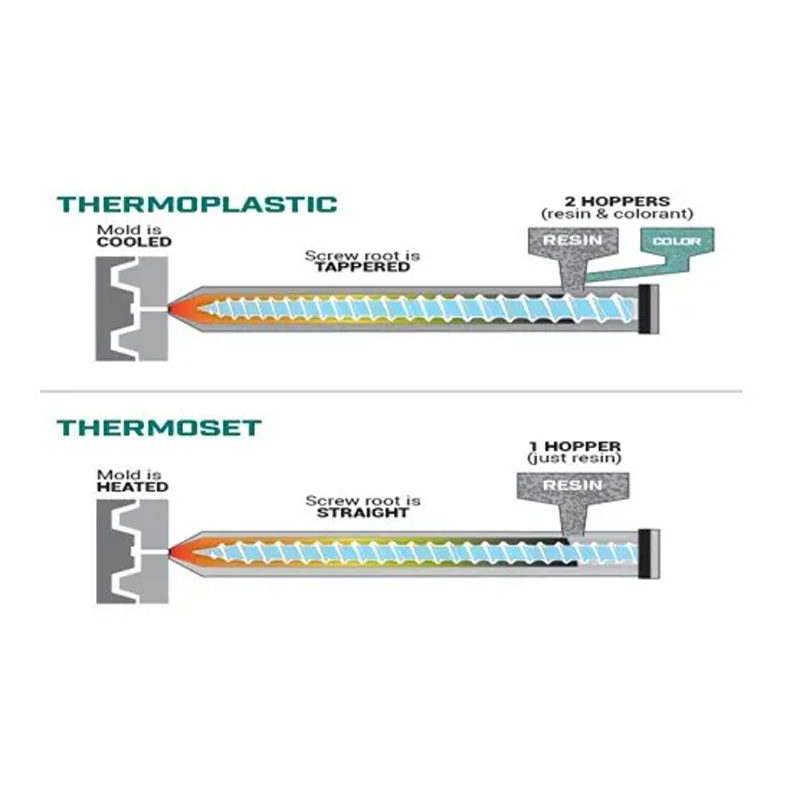
Materials Used in Automotive Injection Molding
The materials selected for automotive injection molding are chosen based on their ability to meet the specific demands of the automotive industry, including strength, durability, and heat resistance. Common materials include:
– ABS (Acrylonitrile Butadiene Styrene): Known for its toughness, heat resistance, and dimensional stability, ABS is commonly used in interior components, such as dashboards, trim panels, and console components.
– Polycarbonate (PC): This material offers superior impact resistance and is used in exterior parts like headlamp lenses and tail light covers.
– Polypropylene (PP): Lightweight and resistant to chemicals and moisture, polypropylene is frequently used for components like bumpers and battery cases.
– Advanced Composite Materials: Materials like glass-filled nylon and carbon fiber-reinforced plastics are increasingly used in automotive injection molding to provide enhanced strength, heat resistance, and impact durability, especially in high-performance applications like electric and hybrid vehicles.
At Toolingsun, we carefully select materials that match the functional requirements and environmental conditions of each specific automotive part, ensuring optimal performance and cost efficiency.
Advantages of Automotive Injection Molding
The automotive industry relies on injection molding for several key reasons:
– Precision and Efficiency: Injection molding allows for the production of parts with tight tolerances, reducing the likelihood of defects and improving manufacturing efficiency. The precision engineering involved helps minimize production errors and ensures that components meet exact specifications.
– High-Volume Production: Injection molding is ideal for high-volume production runs. Once a mold is created, manufacturers can produce large quantities of parts quickly and cost-effectively. This scalability is essential for the automotive sector, where high production volumes are a regular requirement.
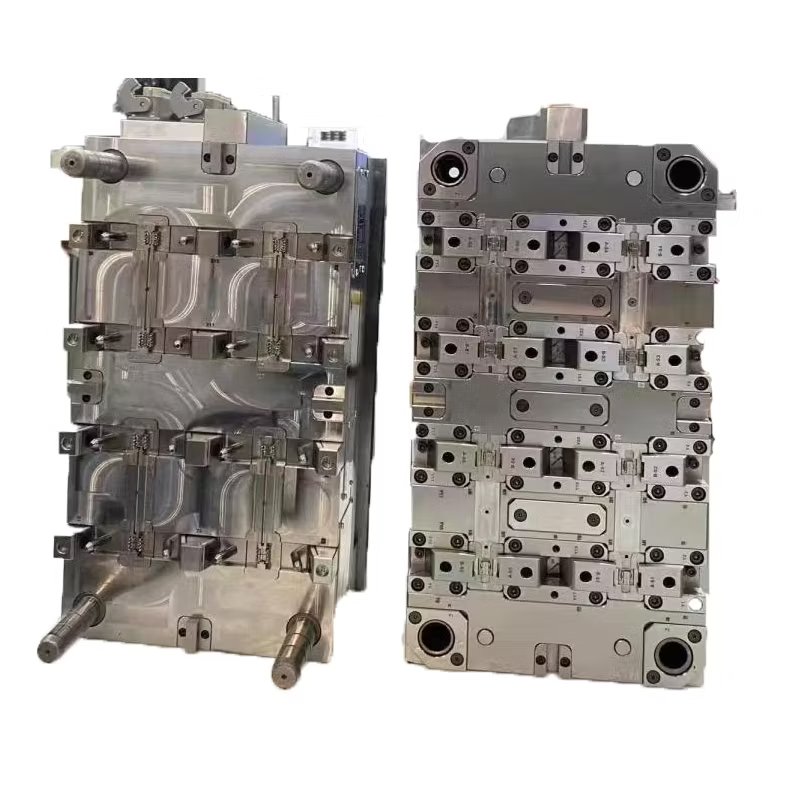
– Customization: Injection molding provides the flexibility to create custom parts tailored to the specific needs of each vehicle model. Whether it’s custom colors, materials, or part designs, injection molding offers extensive customization options to meet the demands of modern automotive design.
– Lightweighting: As the automotive industry shifts towards more fuel-efficient and environmentally friendly vehicles, lightweight parts have become crucial. Injection molding helps manufacturers produce lightweight yet durable components, which are essential for improving fuel efficiency, especially in electric and hybrid vehicles.
Comparing Injection Molding with Other Manufacturing Methods
While injection molding is a preferred method for many automotive parts, it’s important to compare it with other manufacturing techniques to understand its advantages:
– Compression Molding: This process is often used for large, flat, or moderately curved parts like automotive body panels. While it’s slower than injection molding and less suitable for complex shapes, it’s effective for producing larger parts with structural strength.
– Stamping: Stamping involves shaping sheet metal using a die and press. This method is great for high-volume production of flat, thin parts but is less effective for creating complex or multi-material components. In contrast, injection molding can handle more intricate designs and varying material properties.
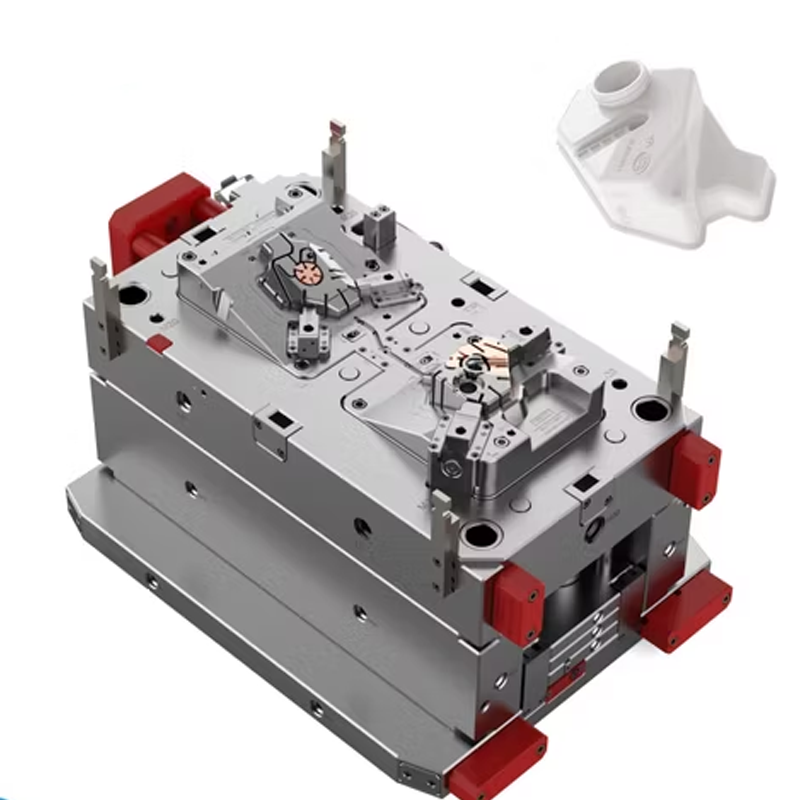
Applications of Automotive Injection Molding
Automotive injection molding is used across various components, from exterior parts to internal systems:
– Exterior Parts: Injection molding is used for producing components like bumpers, grills, and body panels, all of which require precision, durability, and aesthetic appeal.
– Interior Components: This includes dashboard parts, center consoles, and seating components. These parts often require intricate designs and specific material properties, which injection molding is well-suited for.
– Power Systems: Components like battery cases and powertrain parts benefit from injection molding, ensuring lightweight yet durable parts that can withstand harsh conditions.
– Vision Systems: Injection molding is also crucial for creating headlamp lenses, tail light covers, and other optical components, where material transparency and impact resistance are key.
The Future of Automotive Injection Molding
At Toolingsun, we are continuously exploring new ways to enhance the efficiency and sustainability of the automotive injection molding process. As the automotive industry evolves, so does the technology behind injection molding. With the rise of electric and autonomous vehicles, the demand for lightweight, durable, and high-performance components is growing, and injection molding will continue to play a vital role in meeting these demands.
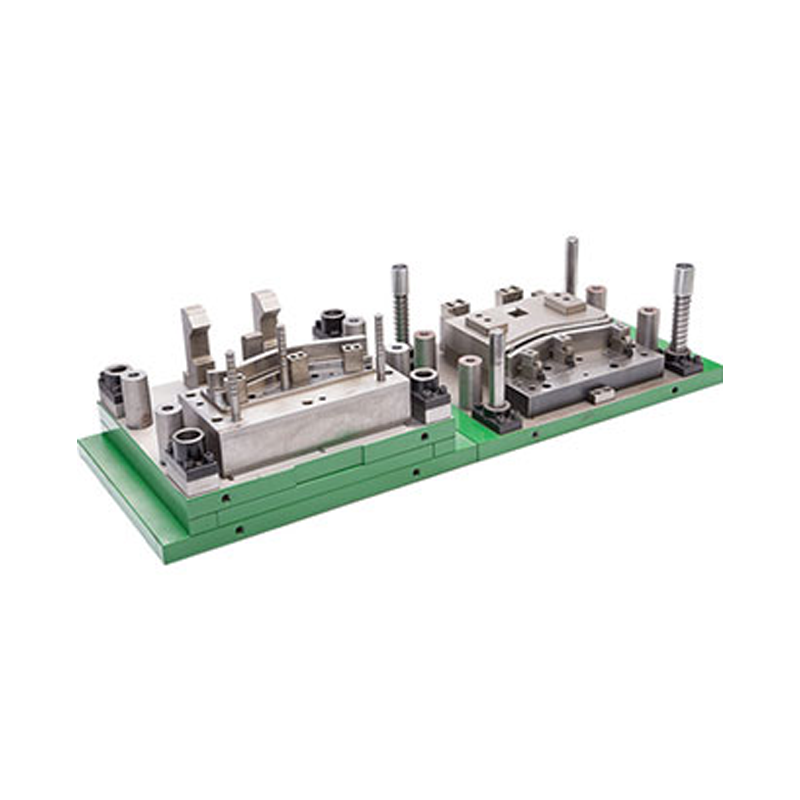
Conclusion
As automotive manufacturing continues to innovate, partnering with a reliable, experienced injection molding provider like Toolingsun ensures that your components meet the highest standards of quality, precision, and efficiency. With our expertise in advanced injection molding techniques and commitment to excellence, we can help you navigate the complexities of automotive production and deliver superior components at competitive prices. Ready to take your automotive manufacturing to the next level? Contact us today, and let’s discuss how we can support your business with our top-tier injection molding solutions.

